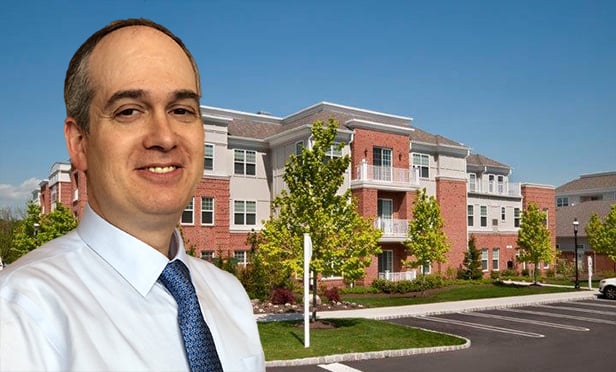I am a shore native and I have been through quite a few hurricanes but as I watched the devastation on the Weather Channel from my hotel in Southern California I couldn't help but realize that this one was different. All the mistaken weatherman predictions that had made me a skeptic had come true. I watched in real time as the place I called home was transformed into something no longer recognizable, my family and friends at home without power had no idea. The town where I attended my 20th high school reunion 48 hours before the storm hit was splinters and sand; the beach front where I sat with my family a few months prior was now underwater and the homes and buildings that served as a back drop were destroyed. I drove from New Jersey through Connecticut to Boston the week after and could not help but notice the widespread damage; evidence of flooding; broken windows; tarp covered roofs and trees toppled from their roots, one that appeared to take a nest of underground utilities with it.
I have no doubt we will recover after Hurricane Sandy however it may take a while to sort out the impact to commercial real estate in the northeast.
Moving forward- What do CRE professionals do next?
We've been talking with many of our lender and investor clients in the region about how they should proceed with post-Sandy commercial building inspections and mold inspections to assess flood damage, wind damage, and other impacts. In other cases where the damage is catastrophic, buildings will be razed with some special precautions taken.
Post-Sandy Inspections
Many lenders have issued notices that they will require re-inspections of assets.
Fannie Mae issued a notice last week to seller/servicers requiring post-Sandy re-inspections to "confirm the property condition and status" in order to make the standard representations and warranties. This is required for assets believed to be adversely affected in Connecticut, New Jersey, New York and any other impacted areas. Fannie does not require this to be done by a consultant; however, we've gotten numerous calls from clients seeking assistance in determining need for capital outlay to offset the damage caused by Sandy. Reportedly many CMBS lenders will also be requiring re-inspections of collateral for flood damage before the loan goes into a CMBS pool.
What should a re-inspection entail?
At minimum a visual inspection of the property exteriors and roof should be performed. If evidence of damage or life safety issues are observed a full scope Property Condition Assessment or Structural Evaluation may be warranted. Evidence of flooding or water damage may warrant a mold or moisture evaluation. And if significant renovation is planned asbestos or lead paint testing may be required by local code. The remediation or disposal of hazardous materials or petroleum products should be handled by licensed professionals.
Catastrophic Damage
In the very unfortunate case where there is catastrophic loss damage and the building must be demolished, all building materials are usually assumed hazardous materials (without any asbestos or lead sampling) and are bagged up and disposed of accordingly. This of course should also be handled by licensed professionals.
We have a long road ahead of us, but with the resilience of northeasterners I have no doubt we'll build back stronger.
Want to continue reading?
Become a Free ALM Digital Reader.
Once you are an ALM Digital Member, you’ll receive:
- Breaking commercial real estate news and analysis, on-site and via our newsletters and custom alerts
- Educational webcasts, white papers, and ebooks from industry thought leaders
- Critical coverage of the property casualty insurance and financial advisory markets on our other ALM sites, PropertyCasualty360 and ThinkAdvisor
Already have an account? Sign In Now
*May exclude premium content© 2025 ALM Global, LLC, All Rights Reserved. Request academic re-use from www.copyright.com. All other uses, submit a request to [email protected]. For more information visit Asset & Logo Licensing.








